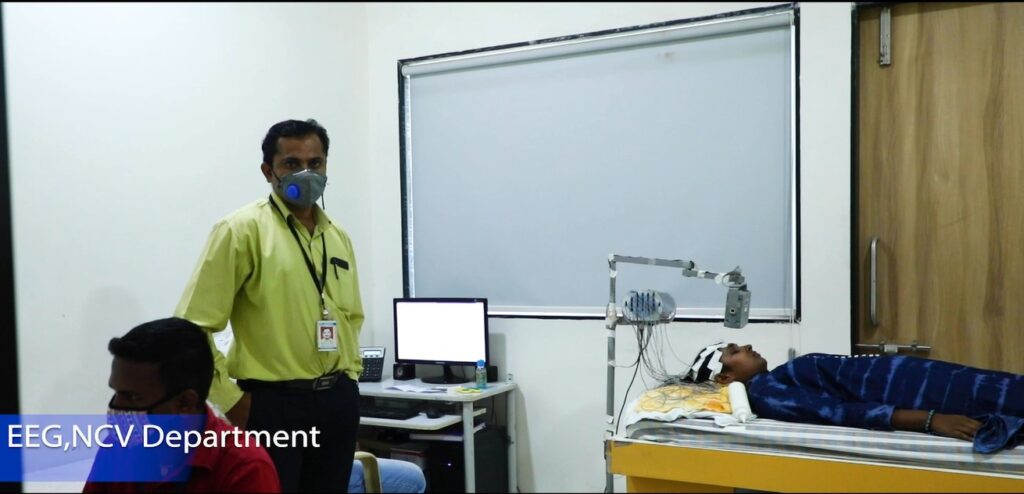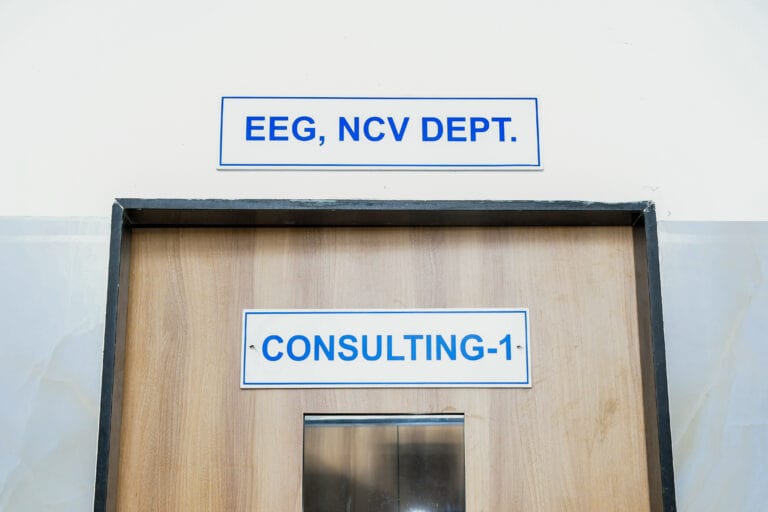Video EEG
Overview
A video EEG (electroencephalograph) records what you are doing or experiencing on video tape, while an EEG test records your brainwaves. The purpose is to be able to see what is happening when you have a seizure or event and compare the picture to what the EEG records at the same time. Sounds that occur during the testing are also recorded; this can be picked up if a person talks or makes sounds during an event. By doing this, doctors reading the EEG can tell if the seizure or event was related to the electrical activity in the brain. If so, we’d call this an epilepsy seizure.
- Video EEG is most helpful to determine if seizures with unusual features are actually epilepsy, to identify the type of seizures, and to pinpoint the region of the brain where seizures begin. Locating the region precisely is essential if epilepsy surgery is being considered.
- Other names for video EEG tests include EEG telemetry, EEG monitoring, or video EEG monitoring. Usually, these terms mean the same thing.


